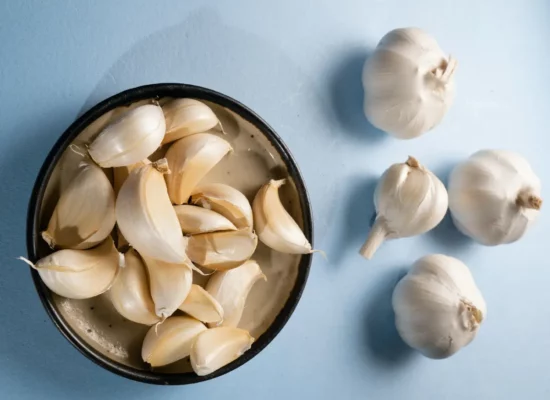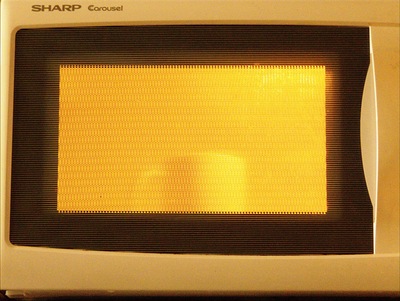
Amazon.com: מנקה מיקרוגל Angry Mom - Angry Mom Mad Creay Mama מנקה תנור מיקרוגל בטמפרטורה גבוהה כלי ניקוי קיטור קל מנקה אדים גולמי מוסיף חומץ ומים למטבח (סגול) : טיפוח הבריאות והבית

Amazon.com: ACZURXLY Angry Mama מנקה מיקרוגל מחטא אדים לתנור עם חומץ ומים למטבח, מצחיק בקלות לניקוי Crud תוך דקות שימושי מגניב גאדג'טים מדריך באנגלית (גרסה עברית אינה מובטחת), סגול : Everything Else

Amazon.com: מנקה מיקרוגל Angry Mom - Angry Mom Mad Creay Mama מנקה תנור מיקרוגל בטמפרטורה גבוהה כלי ניקוי קיטור קל מנקה אדים גולמי מוסיף חומץ ומים למטבח (כחול) : טיפוח הבריאות והבית





















